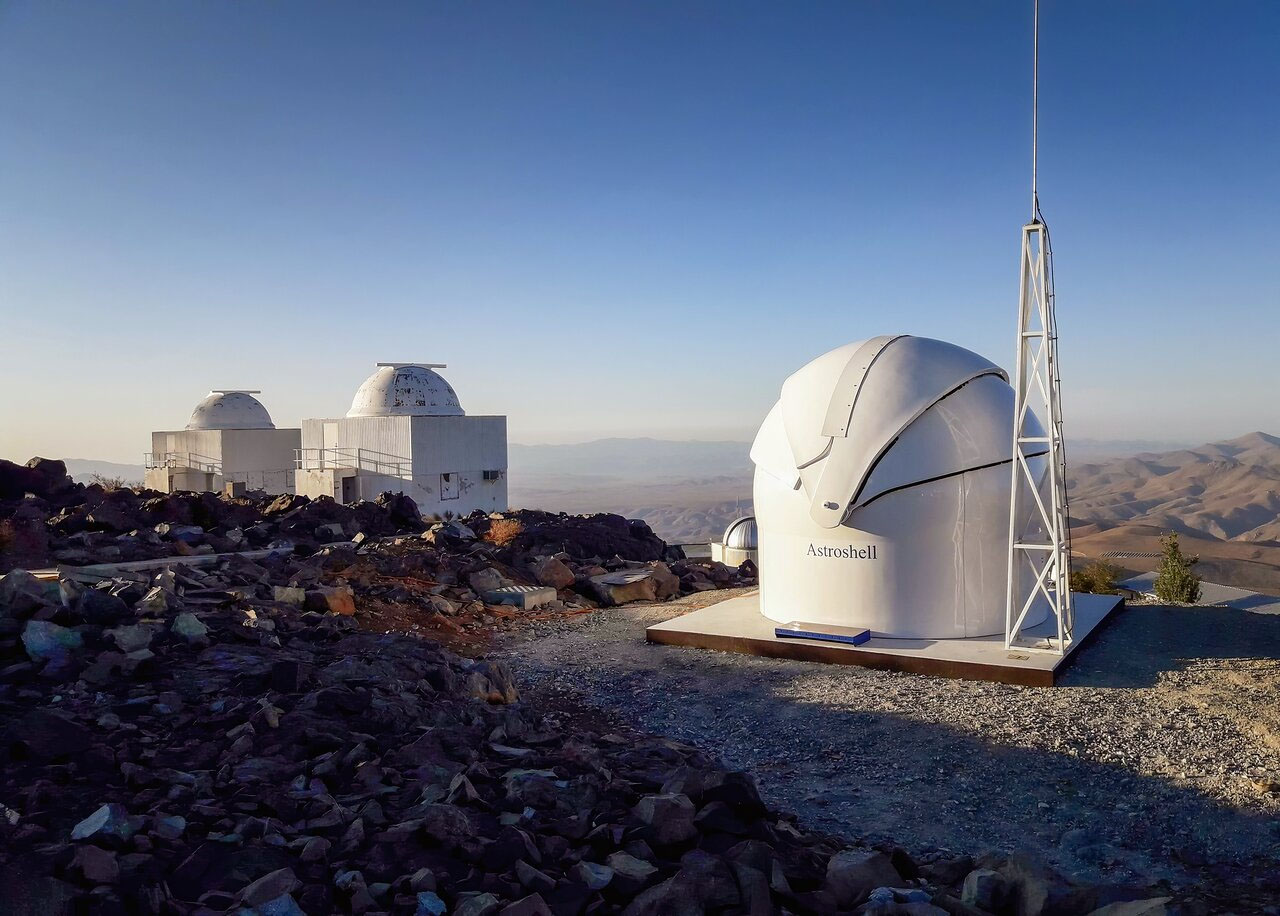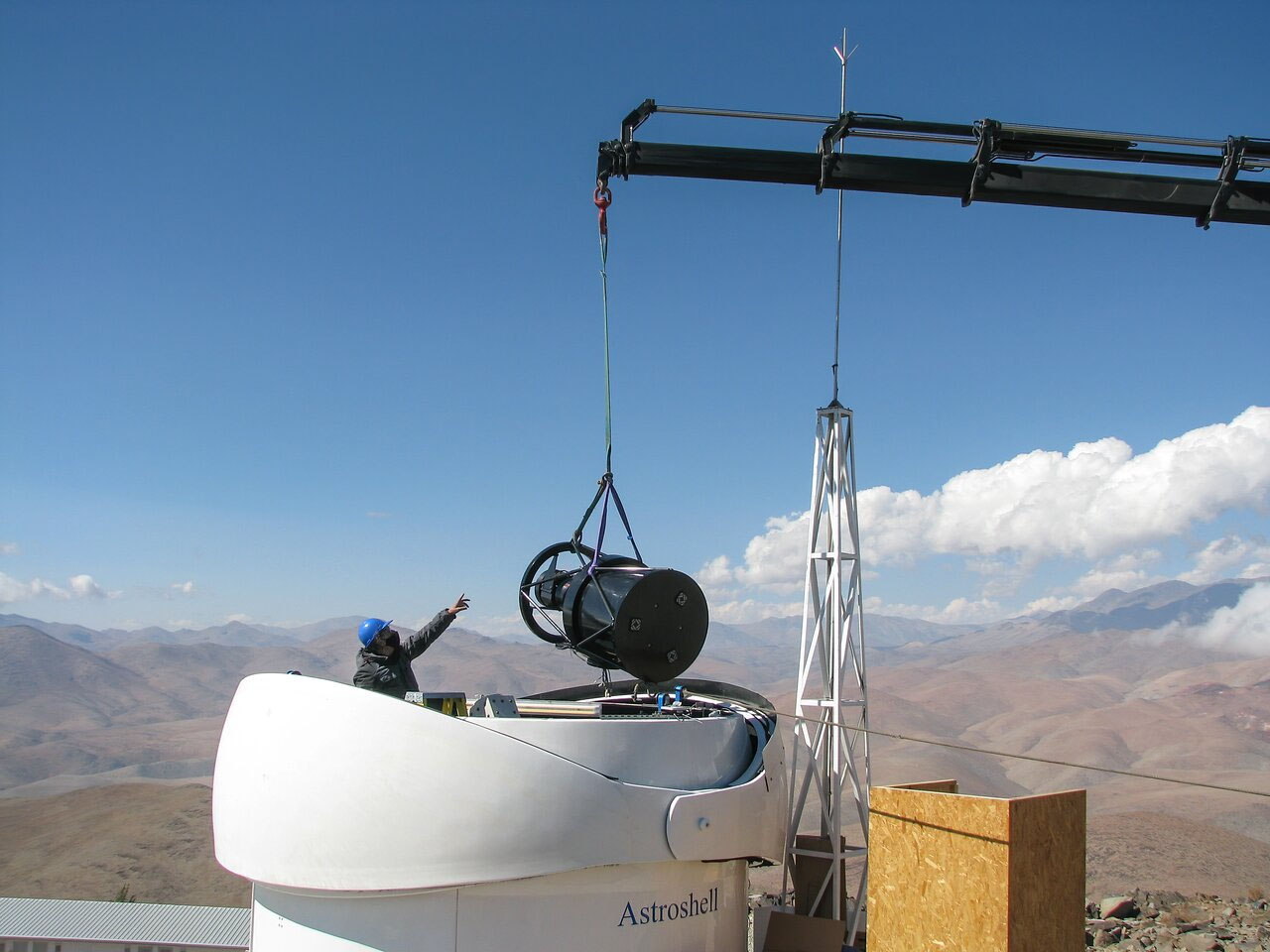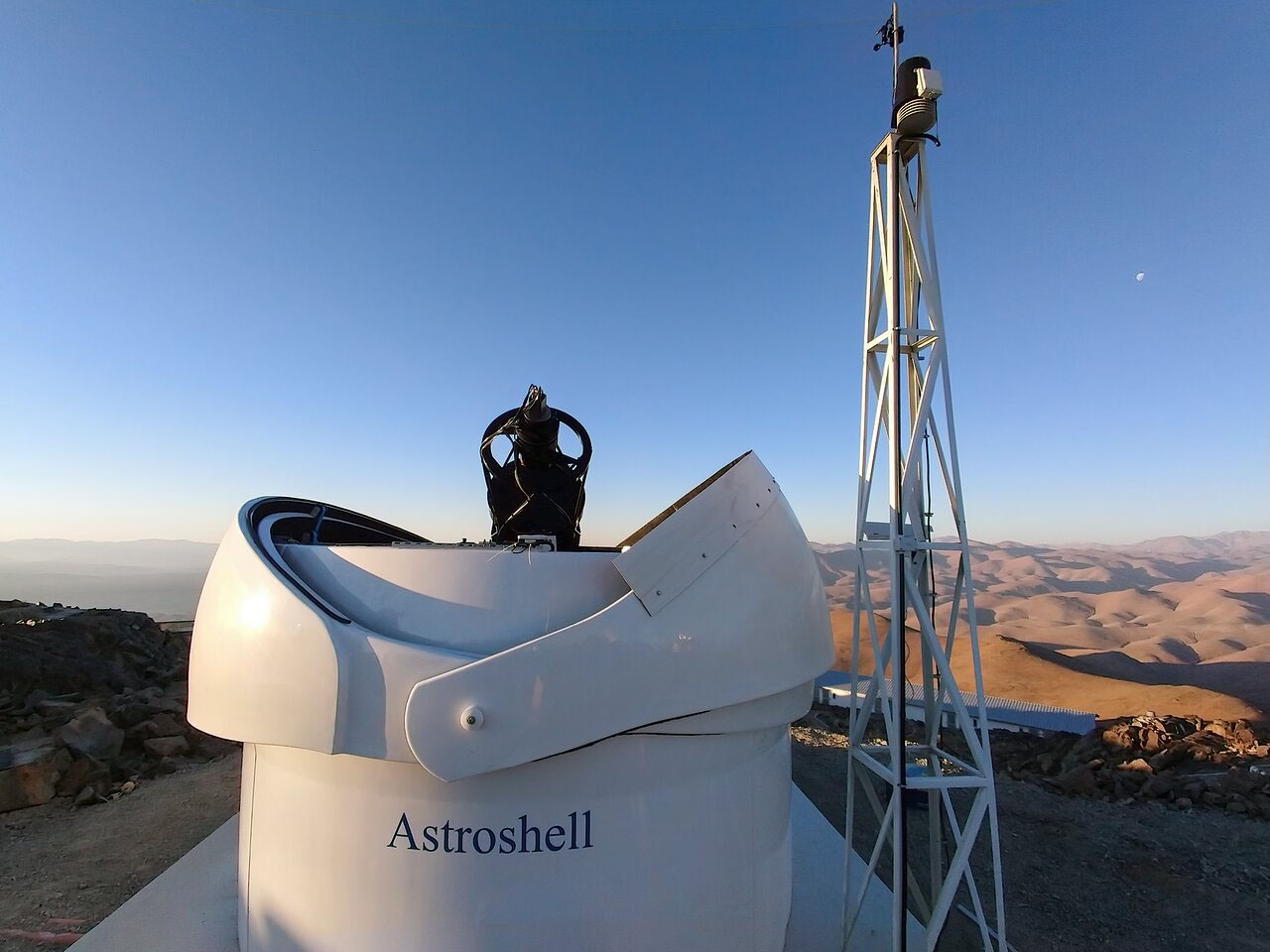La Silla Observatory Gets A New Telescope
The European Southern Observatory facility called the La Silla Observatory in Chile has a new telescope that is now up and working. The telescope is called Test-Bed Telescope 2 or TBT2. TBT2 is a 56cm telescope and has an identical counterpart at the ESA deep-space ground station at Cebreros in Spain. The two telescopes are precursors to a planned "Flyeye" telescope network.That network is a project that ESA is developing to survey and track fast-moving objects in the sky. The ESA says the future network will be entirely robotic, and software will perform real-time scheduling of observations and reports positions and other information about objects it observes. The TBT project is intended to show that the software and hardware work as expected.
Astronomers estimate that there are a large number of smaller undiscovered objects that we are unaware of the can do serious damage to population centers on Earth if they were to strike. Even a smaller meteorite impact with the ground at high velocities could cause significant localized damage. Once fully operational, the Flyeye telescope network would survey the night sky tracking fast-moving objects and represents a significant advancement in Europe's ability to spot potentially hazardous near-Earth objects.
TBT is part of an inter-organizational effort to build a complete picture of near-Earth objects and the risks they pose. Researchers said the ongoing inter-organizational collaboration between the ESO and ESA is significant in the study of near-Earth objects. TBT is the first telescope project achieved under the cooperation agreement between the two organizations.
There's no clear indication of when the rollout of the additional units for the Flyeye network will begin. The installation and first light for TBT2 was achieved using health and safety precautions due to the pandemic.



